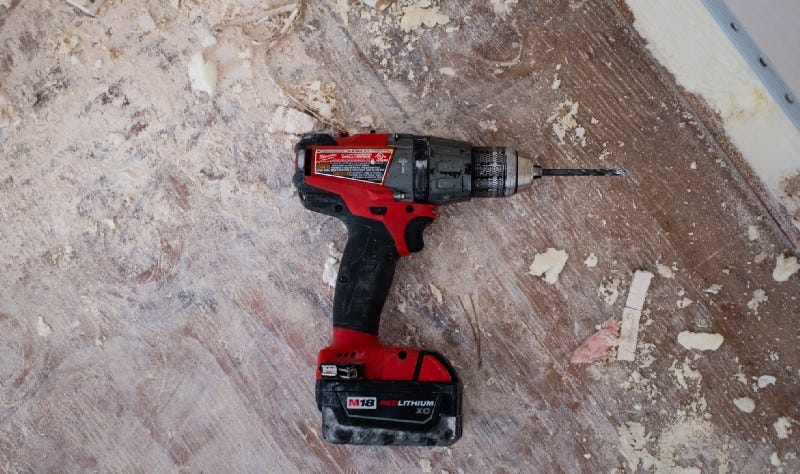Plot Fixes for the Muddle in the Middle
A few days ago, I wrote about the dreaded muddle in the middle, otherwise known as the seemingly impossible second act, that many writers…
A few days ago, I wrote about the dreaded muddle in the middle, otherwise known as the seemingly impossible second act, that many writers encounter when they reach that point in their book. I suggested some ways to dig yourself out of the muddle through work habits.
You can read that article here.
Today I want to talk about plot and structure fixes that might give you a lifeline out.
Three-Act Structure
The way we think about traditional plot structure most often follows the three-act screenplay model. I know you know this, but nevertheless, let’s review.
Screenwriters aim for their scripts to be 120 pages long, because each page of a script equals a minute of movie time, and most movies are 120 minutes long, at least for conceptualizing purposes.
Dividing those 120 pages into three acts we get:
— A first act of 30 pages (30 minutes screen time)
— A second act of 60 pages (60 minutes screen time)
— A third act of 30 pages (30 minutes screen time)
Between the first and second acts, and between the second and third acts, we strive to insert plot points — an action or event that skews the story on its head and sets it in a new direction. In the middle of the second act, we work on setting up a midpoint.
And looking at the act-page breakdown, you can see why writers often get stuck in the middle. Because the second act is looooong. A midpoint helps. But the second act is still loooooong. Also note that lately it has become more of a thing to break the classic three-act structure into four acts, which is essentially what happens when you visualize that midpoint.
Yeah, I know. Head swimming now. But it is really a fairly simple and logical way to conceptualize a plot for your story. Until you’re paddling through the loooong second act trying to figure out how in the hell to get to the end — or even to the second plot point that will hurtle you into Act Three.
Helpful Suggestions!
So here are some suggestions I have gleaned.
Kristin Chen, a speaker at last week’s AWP conference in Portland, suggests that at the midpoint your protagonist changes from being acted upon to being the actor. This is quite possibly one of the best and most helpful craft suggestions ever!
Rachael Herron, one of my favorite romance and women’s fiction writers, says the midpoint is an excellent place for you to kill someone, or have a character go missing. If you know a character needs to die at some point in the story, consider having it happen in the middle.
You can bring in a new character who mixes things up.
Or elevate a character who’s role had been peripheral so far.
Do a time or place jump.
Check your character’s goal and reconnect with it. Is it the same? (It is okay for the goal to change halfway through.) Also, consider the obstacles toward that goal. Are they big enough? If not, throw more trouble at her.
These are all worthy suggestions. The unifying idea with all of them is this: make something happen. It can be so easy to slog along writing scene after scene, chapter after chapter until a numbing sameness sets in. This is why you need to insert something of note. If you’re a plotter, and have this figured out ahead of time, it will be planted as sturdily as a flag pole, something for you to write towards.
If you’re a pantser, all I have to say is good luck. Haha. Kidding. Sort of.
And, on a personal note, I’m in the midst of a week-long writing retreat in Diamond, Oregon. I was stuck in the muddle in the middle when I arrived. But I pondered the above suggestions and I’ve written two chapters since I got here! So good luck to you finding your way out of the middle, too.


